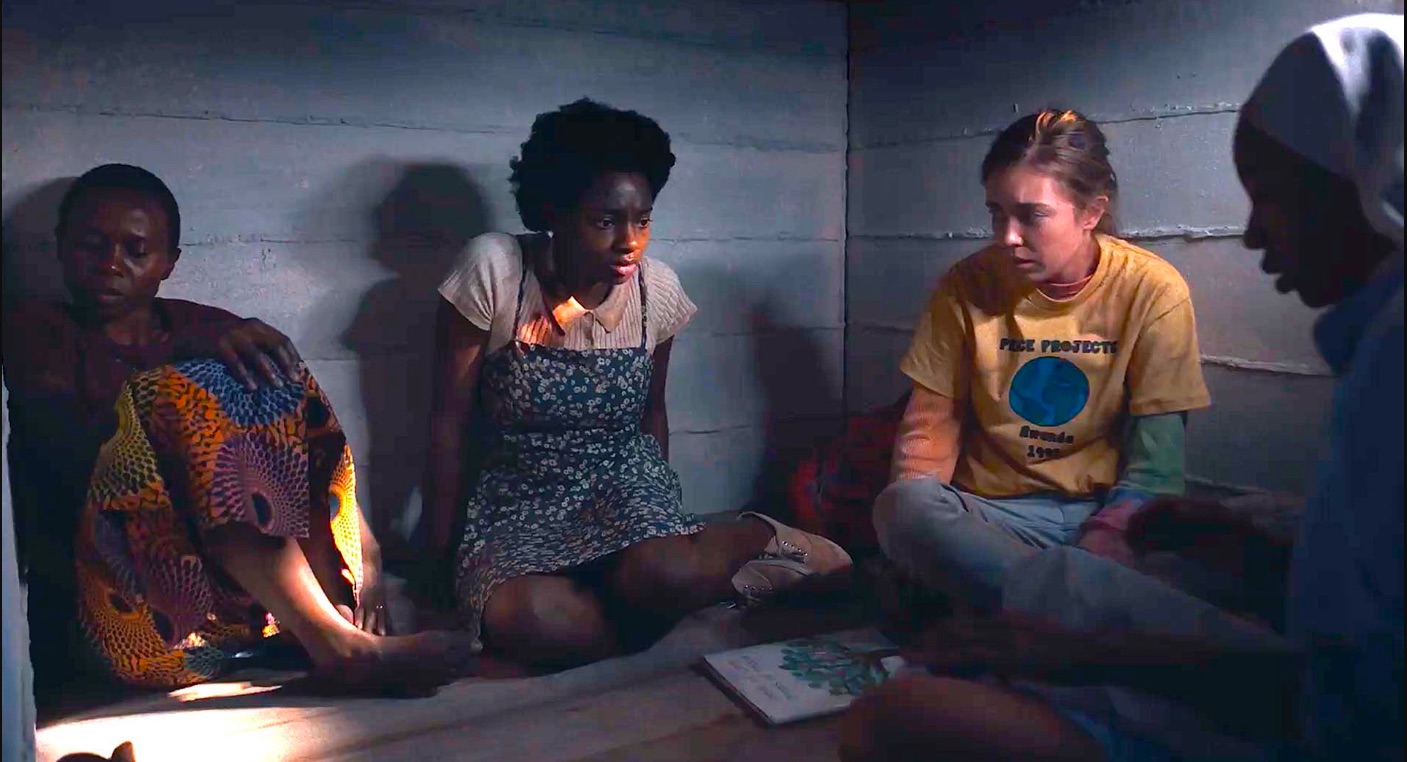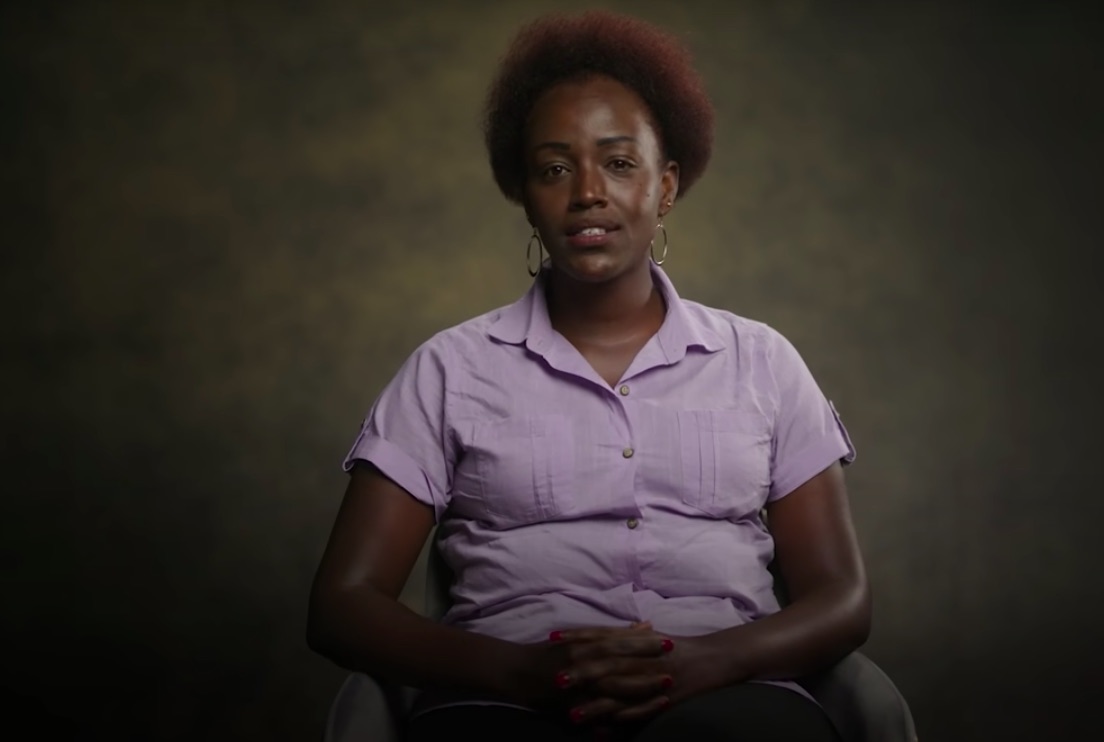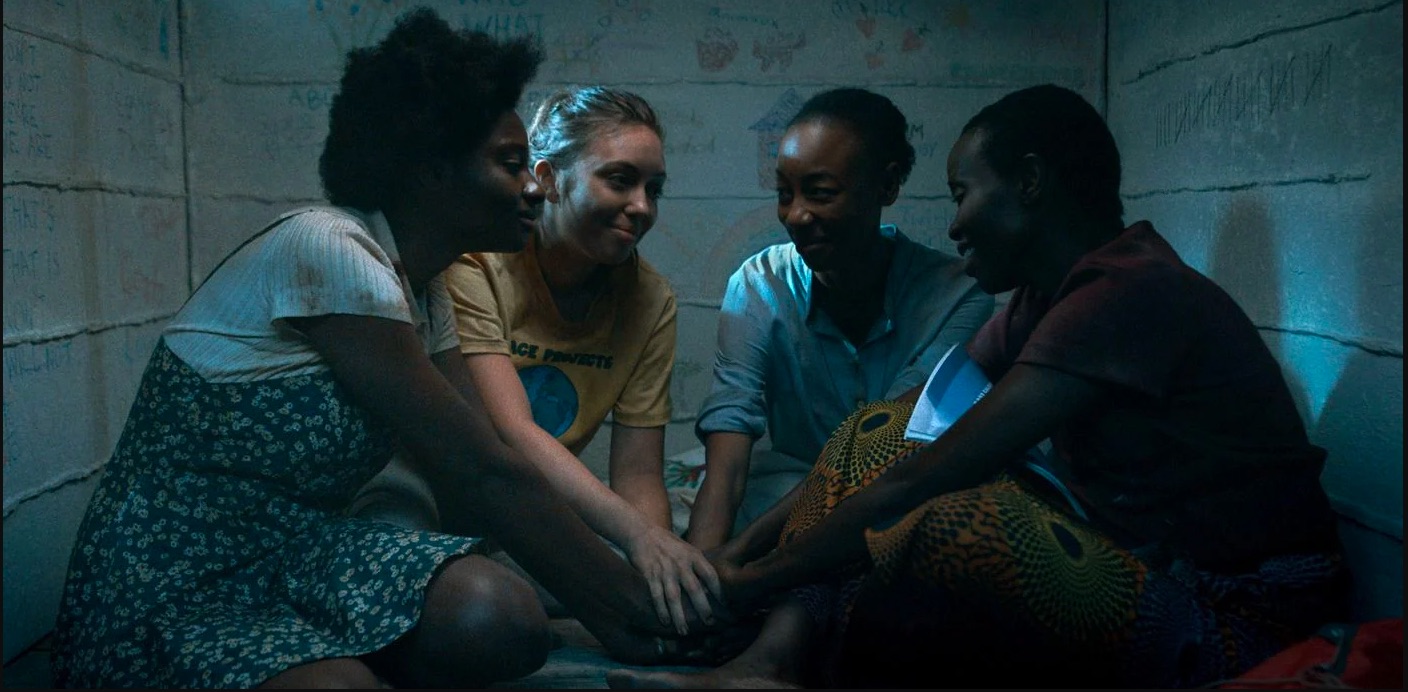‘Trees of Peace’ tells the inspiring story of four women — Annick, Mutesi, Jeannette, and Peyton — who hide in a small space to survive the genocide going on in the streets outside. The film focuses on their individual struggles with the baggage of their past while trying to support one another through theirs. It is an incredible tale of survival and perseverance and shows the audience that people can come together despite their differences. With such a raw and visceral portrayal of their condition, we are forced to wonder if someone can actually survive in such a situation. Did these women really exist, and if so, what happened to them after the events of the film? Here’s what we know about it.
Are Annick, Mutesi, Jeannette, and Peyton Based on Real People?

No, the four women in ‘Trees of Peace’ are not real-life characters, but they are inspired by the real people who witnessed and survived the ordeal of the genocide. Alanna Brown, the writer and director of the film, visited Rwanda in 2019 and conducted interviews with a number of survivors to understand their situation and how they survived such harsh times.
In the movie, Annick is pregnant with her son, but she has to spend three months inside the storage space, worrying about her unborn child. Denise Uwimana had found herself in a similar situation. She was nine months pregnant and gave birth to her child, hiding with the help of a Hutu neighbor. A lot of Tutsis had to rely on such acts of kindness to survive the three months of utter mayhem and bloodbath. Antoinette Mutabazi saw people being beheaded and eaten by dogs, and worse. The film uses similar events to portray that trauma without going into graphic details and focusing more on what the characters go through. So, even though, the characters themselves are not real people, the events that we see through their eyes were witnessed and suffered by millions of Rwandans.
What Happened to the Survivors of the Rwandan genocide?

While surviving three months in hiding and running from the people they thought they knew was the challenge of a lifetime, the return home was not an easy task either. Around a million people had been killed by the time a stop was put to the genocide. A lot of people had already lost so much that the rest of their lives were spent repairing the damage.
“What we endured will never leave us. Once you have experienced genocide it becomes like a permanent marker on you. It is there with you in times of sadness and times of joy. You carry it with you until you die,” Claver Irakoze told Al Jazeera. Irakoze had lost his parents and the most part of his extended family while he was still a child. So, when the killings stopped and he and his siblings were allowed to come back, they didn’t find a life that they could resume. “[We] had to face a future without our parents. We were starving. We had no home to return to. But we tried to be resilient,” he added.
With dead bodies in every corner and every backyard, Rwanda had lost a huge chunk of its population. The hatred left only demolition in its wake, and the country had to find a way to begin again. The survivors suffered from extreme PTSD, still haunted by the horror of what they survived. “Many [survivors] are still dealing with the consequences [of genocide] a lot of them are still fighting to get their properties back,” Consolee Nishimwe said while sharing her story with Sara Canals. “I was deeply wounded. I still have nightmares.”
Rwanda, as a whole, has been trying to recover from this national trauma. The Gacaca initiative was brought about to let the perpetrators confess their crimes and the survivors find some semblance of closure by forgiving them. A step that has received a huge spectrum of mixed feelings has Tutsi survivors living next door to the Hutus who actively participated in the genocide. While a lot of survivors have found the strength to forgive, the differences between the groups still linger.
A woman adopted six orphans from her extended family in the aftermath of the genocide. One of them died by suicide after seeing her father’s murderer out on the streets. “Today we are being asked to live with the people who killed our families. We are told they are sorry, they won’t do it again. Some people believe that. I am not one of them,” the woman told The Guardian.
While the road of healing and rehabilitation is hard and winding, people have found the strength to rise above their tragedy and help others. A lot of them are advocating against violence, hate crimes, and genocide. The government has taken active steps to restrain the distinction between people on the basis of their ethnicity. Children are encouraged not to identify themselves as Hutu or Tutsi. The representation of women in the government has also gone up in the years since the genocide.
The country is on the path of rebuilding. While the survivors come to terms with the trauma and try to deal with it, they have also found the courage to move on and try and live a better life.
Read More: Is Trees of Peace based on a True Story


You must be logged in to post a comment.